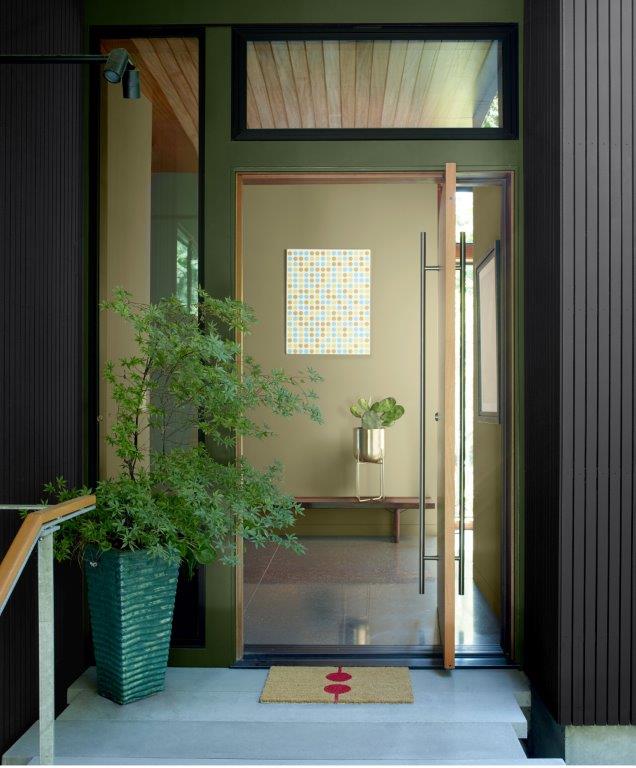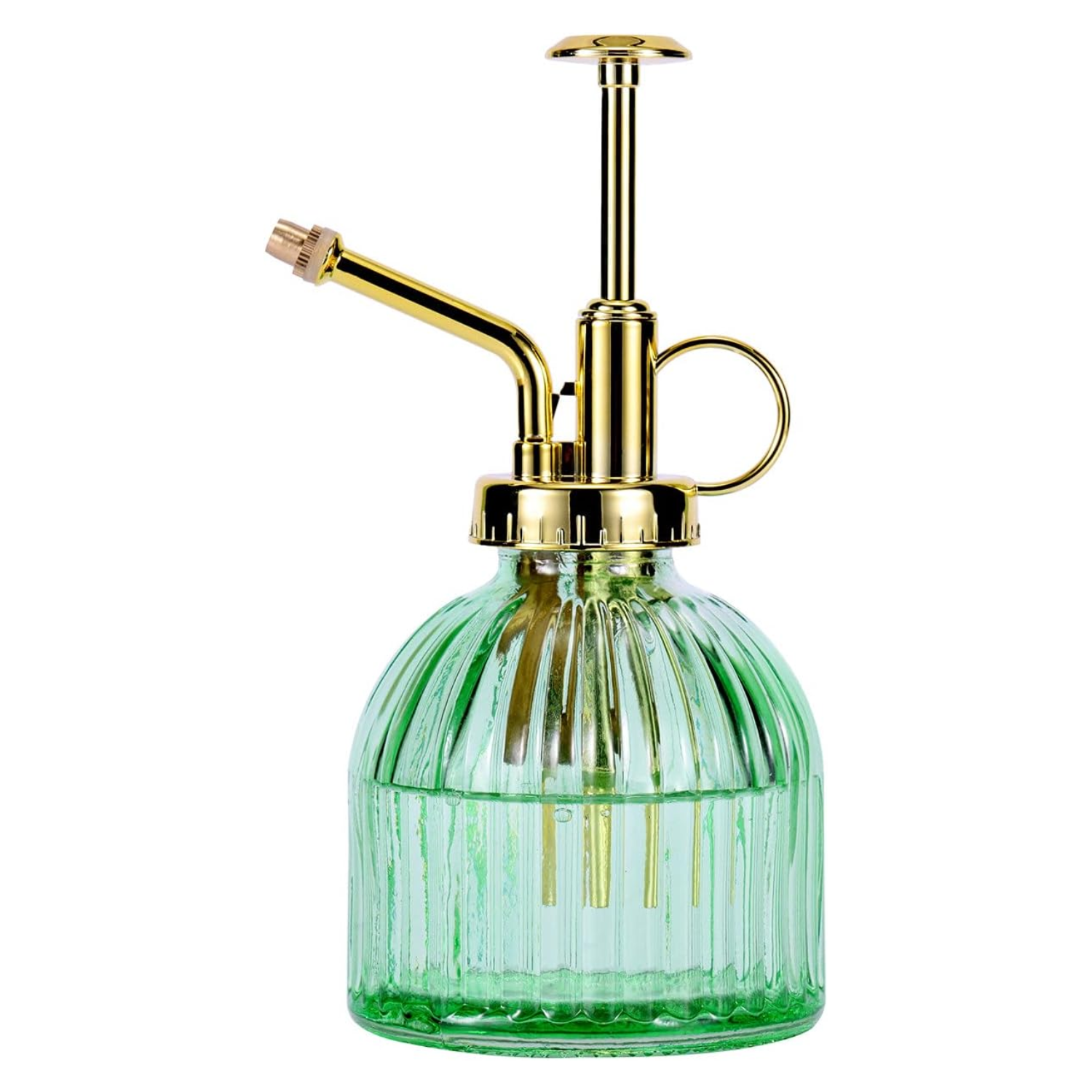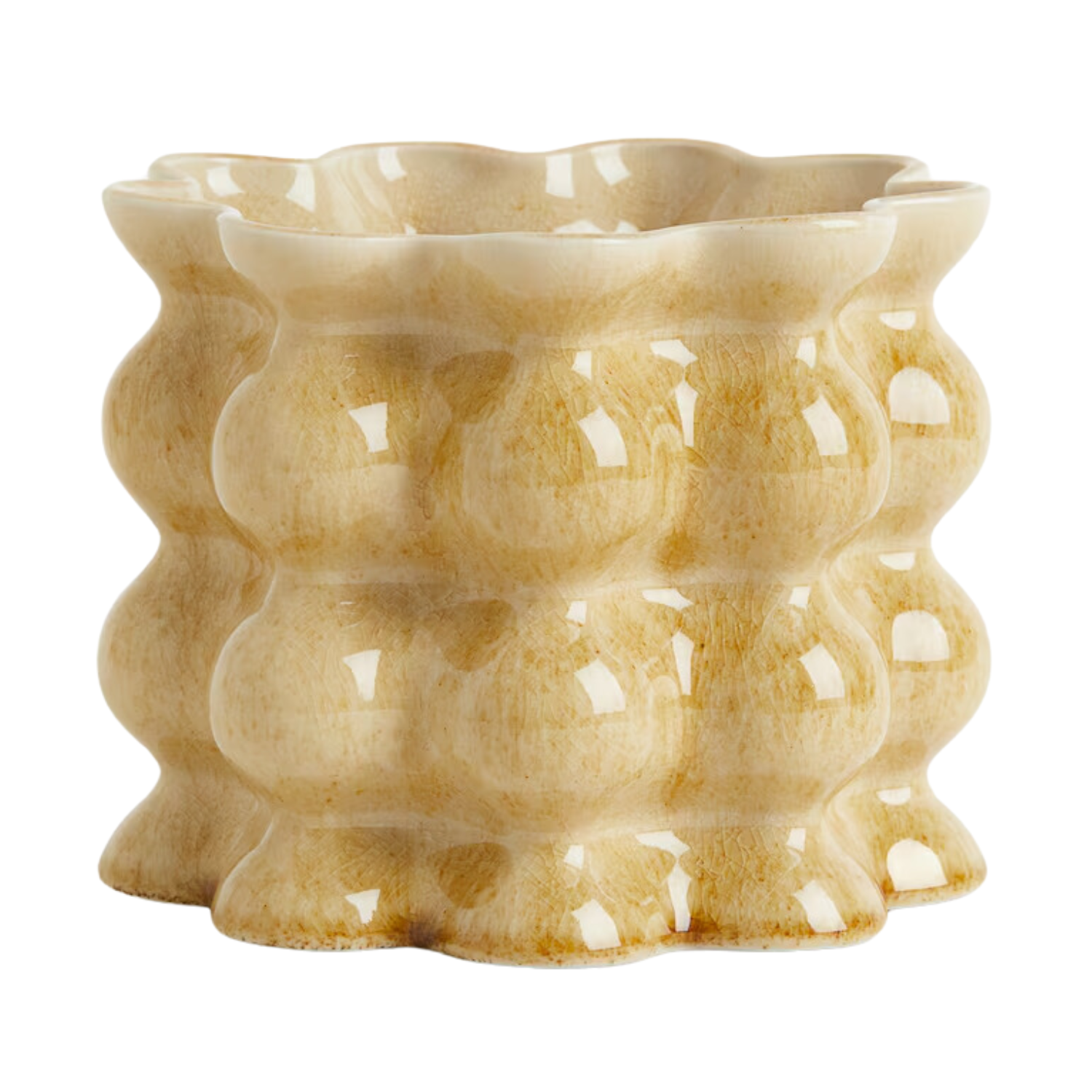How Not to Kill Your Houseplant — 9 Essential Tips to Break Your Unlucky Streak of Dying Indoor Plants
If your home is where plants go to find rest (and not in a good way), then these expert-approved tips will help strengthen your reputation as a plant parent


Wanting to have one of those perfectly pretty plant-adorned homes off of Pinterest and actually being responsible for a troupe of live indoor crops are two vastly different concepts. On the one hand, the trailing vines and verdant leafage look effortlessly magical but the truth is that plenty of effort and time goes into making houseplants live their best lives.
Now, that's not to say that it's all difficult. In fact, some of the most popular houseplants are low-maintenance crops. Having said that, there are a couple of blanket factors that are important to consider when taking care of your indoor jungle.
This guide will be especially helpful if you've had bad luck keeping your houseplants alive. We have curated expert home gardening advice that will turn you into the number one plant parent in your friend group. You'll soon be giving sage advice to admirers of your collection.
1. Right Plant, Right Place

In conversation with gardening expert Tony O'Neill, he tells us that one of the crucial details to consider when cultivating an indoor garden is the positioning of your houseplants.
"Match your houseplants with their preferred light conditions," he advises. "For example, ferns thrive in low light, whereas succulents need bright light."
Although there may be some dull nooks that could do with a touch of flourishing foliage, it's best to consider their sunlight needs before pushing them into a corner. And if there are some dark spots in your home that don't have the luxury of a window, you can always introduce some indoor grow lights for added plant support.
2. Understand Water Needs

Tony tells us that paying attention to your plant's watering needs is another key requirement to fostering a spritely plantscape indoors. Both extremes of watering can be harmful to your houseplants, so keeping to a regulated routine is the best port of call.
The Livingetc newsletters are your inside source for what’s shaping interiors now - and what’s next. Discover trend forecasts, smart style ideas, and curated shopping inspiration that brings design to life. Subscribe today and stay ahead of the curve.
"Overwatering is a common killer," he points out. "So ensure the plant’s soil is dry an inch below the surface before watering again."
If you find yourself spending more time outside your home but still want the beauty of an interior garden, it's better to adopt crops that don't require as much water as others. In such scenarios, we encourage bringing home indoor succulents and cacti.
3. Utilize Proper Drainage

On a similar note, ensuring that your houseplants have proper drainage is equally imperative. You don't want to leave your plants sitting in stagnant pools of water for this could hinder the health of your crop.
"Use pots with drainage holes to prevent excess water from causing root rot," advises Tony. Additionally, leaving your plants to soak with no exit for excess water could draw the attention of insects too.
When housing your plants in drainage pots, it's important to make use of a saucer underneath. This will prevent any possible damage to your flooring while also making your houseplant look all the more gorgeous. There are many planter styles to choose from, so ensure you've got the right one for your beloved plant.
4. Monitor Humidity Levels

Monitoring your indoor garden's humidity levels may not be the first thing you think of when it comes to houseplant care, but Tony tells us it's definitely something to consider.
"Many houseplants, like orchids and calatheas, require higher humidity," he notes. "So, misting them or using a humidity tray can help."
Plant saucers and decorative trays can help keep your houseplants freshly moist by collecting the water that evaporates around them. Yet another reason to get your plants a lovely little saucer that's stunning in form and efficient in function.
5. Feed Them to Contentment

Even the most low-maintenance indoor plants need their share of food to help them grow and bloom.
Tony's advice is to fertilize your houseplants during the growing season with the correct strength and type of fertilizer. "Usually, it's better to make sure it's more diluted than the recommended amount for outdoor plants," he says.
We suggest investing in quality fertilizer like this Miracle-Gro Indoor Plant Food from Walmart.
6. Don't Forget to Dust

Sitting in corners, upon sills, and on bookshelves, your leafy crops tend to collect dust as time passes. Just as the rest of your home requires cleaning, your indoor plants benefit from being dusted as well.
According to Tony, dust on leaves not only blocks sunlight but also reduces photosynthesis. "I recommend cleaning off your leaves gently with a damp cloth," he adds.
While cleaning your plants, it's necessary to tackle this task as softly as possible. You don't want to rush through the cleaning or be too brash as this could damage the leaves or break off a stem in the process.
7. Stay Alert on Pest Patrol

Outdoors or indoors, some aspects of plant parenting remain the same. One such consequence of growing plants is the unfortunate possibility of pest problems.
Tony encourages gardening enthusiasts to regularly inspect houseplants for pests. "Natural remedies like neem oil can be effective before chemical interventions are needed," he states.
Learning how to use neem oil for houseplants will come in extremely handy if you ever come across a pest problem and are in need of a quick fix. And if you're interested in adding some pesticide to your indoor gardening tool kit, we recommend Captain Jack's Ready-To-Use Neem Oil Spray from Walmart.
8. Alocate Time for Acclimation

"When bringing new plants home, it's critical to acclimatize them to their new environment slowly to avoid shock," notes Tony. Whether you're overwintering your garden or buying them fresh from a greenhouse, your plants will likely need some time to adapt.
By regulating the atmosphere around them and giving them the time they need to get used to the now-foreign environment, you can help them transition as easily as possible.
And if you notice a couple of dropped leaves, don't fret. This is completely normal for plants that are acclimating to a newfangled space.
9. Give Them Room to Grow

As you grow your burgeoning indoor garden, it's common to neglect your plant's need for a new home in the form of a larger planter. As they get taller and the leaves get larger, the roots are also growing, albeit under the privacy of the soil.
"I recommend repotting your plants when they outgrow their containers," says Tony. "This prevents root crowding and ensures they get enough nutrients."
Aside from giving your plants extra growing room, this upgrade in planter size is also a great excuse to treat your space to a gorgeous new decorative accent. And if you're having trouble switching planters, this nifty repotting guide is worth a peruse.
From opting for spacious planters with proper drainage to quenching their thirst and feeding their hunger, you now have all the advice you need to go forth and conquer your next houseplant.
And while it may seem time-consuming, the fact is that some of these gardening chores will only take up a couple of minutes at most, and not all of them are daily tasks.
But as you carve out the time to shower your plants with the TLC they deserve, you'll notice yourself inching closer and closer to having that Pinterest-worthy plant-adorned home — and that's all the motivation you need to break your streak.

Amiya is a Home Wellness Writer at Livingetc. She recently graduated with a Masters Degree in Magazine Journalism from City, University of London, and has lent her words to beauty, fashion, and health sections of lifestyle publications including Harper’s Bazaar and Women’s Health. Her experience as a research analyst has equipped her with an eye for emerging trends. When she’s off the clock, she can be found reading, listening to music, or overanalyzing her latest Co-Star update.






